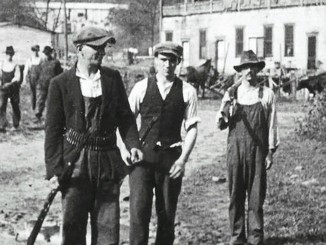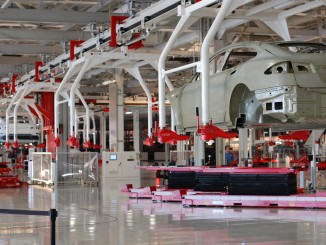In 1877, a strike erupted across the U.S. which newspapers called an “insurrection” and even a “revolution.” Just twelve years after the civil war ended, railroad workers led the first nationwide strike in U.S. history. It was the first time that entire working class communities across the U.S. stood together in a battle against their employers.
After the civil war, U.S. industry grew massively. A national railroad system was built to link up the entire country. But in the 1870s, the economy went into crisis, much like today. Many businesses were wiped out and all of the wealth and power was concentrated in fewer and fewer hands. The rich got richer but working people felt the burden. Close to one million people were unemployed, and many who had a job could only work for part of the year.
Work on the railroads was extremely dangerous. People lost their fingers and limbs. Their pay was so low that workers couldn’t afford to get home after working a shift. Even though large railroads got even bigger during this time, they still would declare regular cuts on the workers’ wages.
But in the summer of 1877, there was one wage cut too many. When the cuts were announced in West Virginia, workers unhooked the engines, ran them into the roundhouse and announced no more trains would leave. A large crowd gathered in support, overwhelming the police, and so the governor sent in the state militia. They shot and killed a worker trying to stop a train from moving out and after this the troops no longer would help. Many troops were railroad workers themselves or their relatives and could not be relied on to shoot their own.
In city after city, the news of the strike spread down the railway lines, inspiring workers everywhere to strike. Workers sabotaged the railroads by burning the railcars. Within two weeks, 100,000 workers participated in the strike. Ten state governors mobilized over 60,000 militiamen against the workers. Hundreds were killed.
Railway workers called upon the unemployed, and workers from other industries to join them. The railroad owners attempted to break the strike by hiring unemployed people but often strikers were able to persuade the unemployed to join them. In Louisville, black sewer workers went on strike and were joined by white workers from many different industries. In St. Louis, government officials fled the city, and workers controlled St. Louis for two days. The workers decided which businesses would stay open or not. It was no longer just a railroad strike but a general working class rebellion.
In the face of the overwhelming force of the strike, the railroads and other companies made some concessions and after two weeks most workers had resumed work. After the strike, both the companies and the workers saw that they needed to be more prepared for the next battle. The government built National Guard armories in all major cities to repress workers in future strikes. But the workers saw the potential of their collective power, and began building nationwide unions. The strike gave workers a taste of their power on a national scale and practice in solidarity as a way to win in future fights.
The 1877 railroad strike was the second civil war in this country – and it is a war that is still being carried out today.




